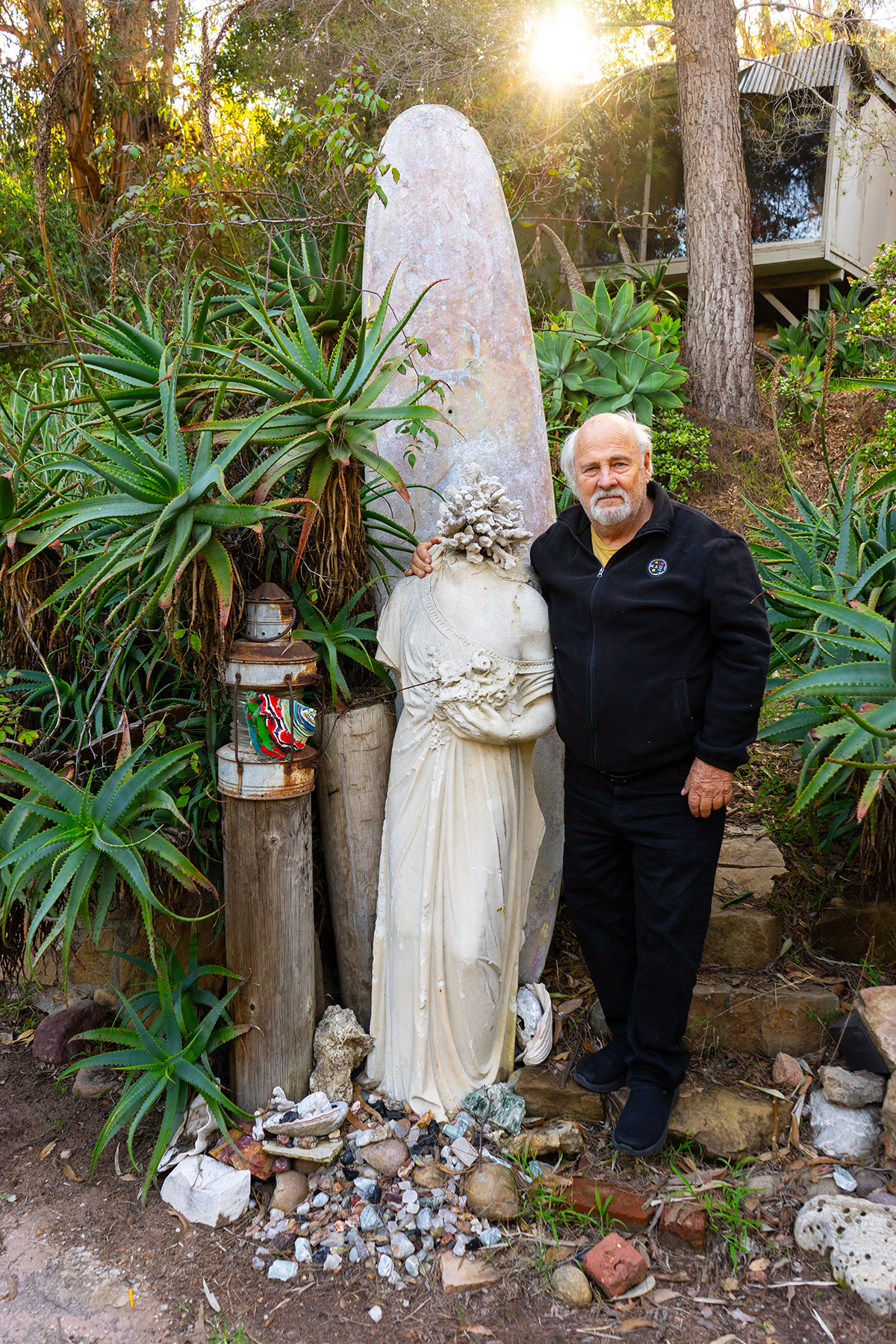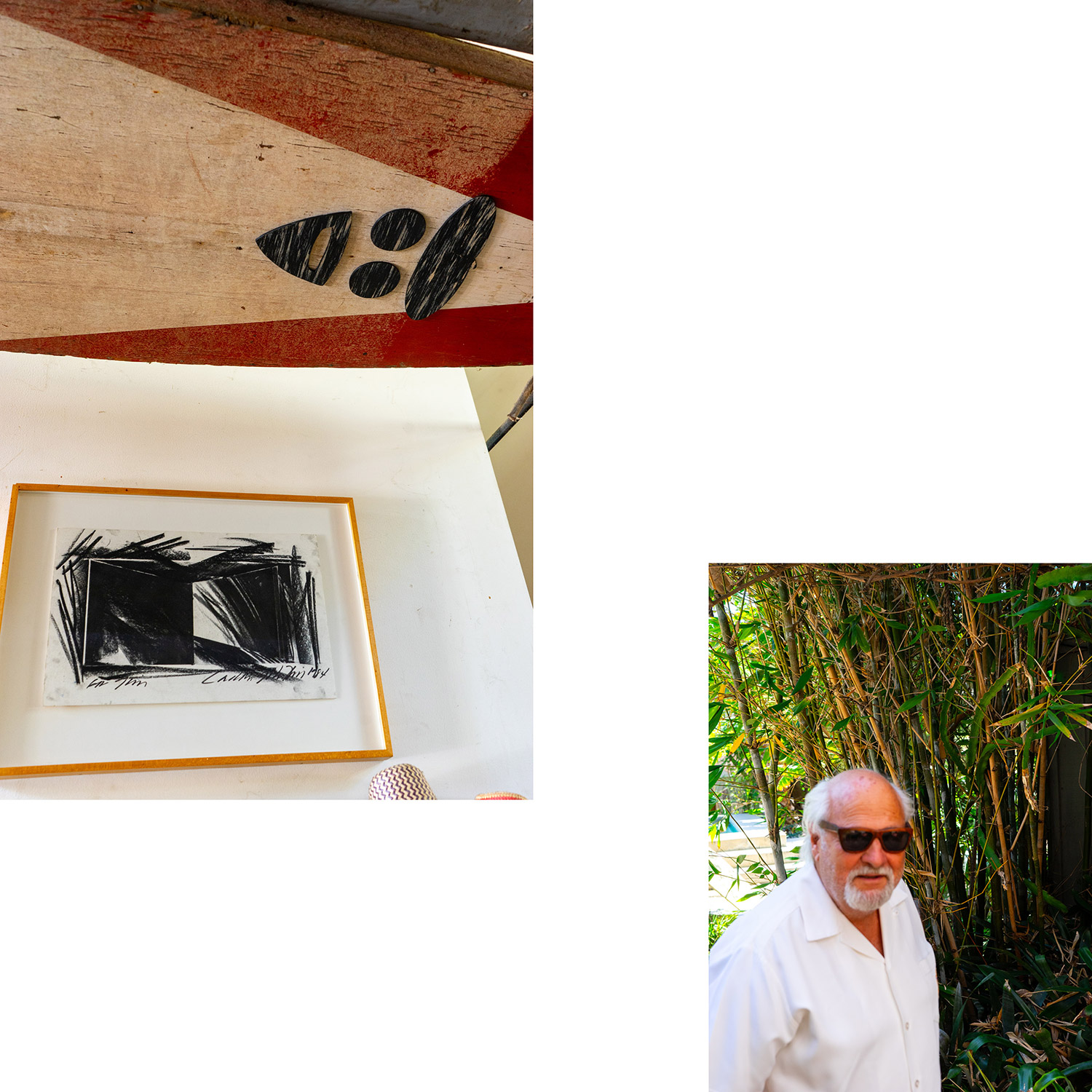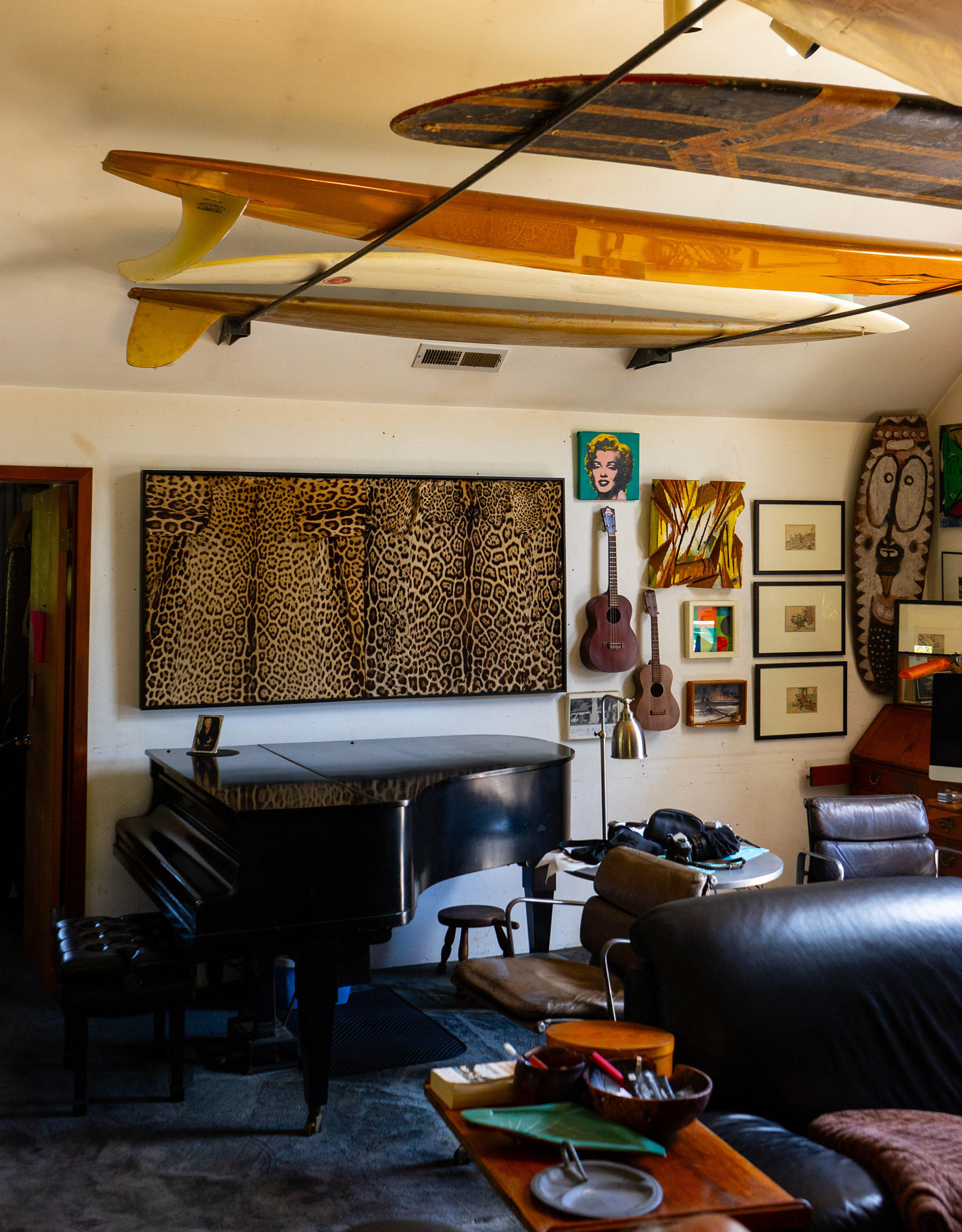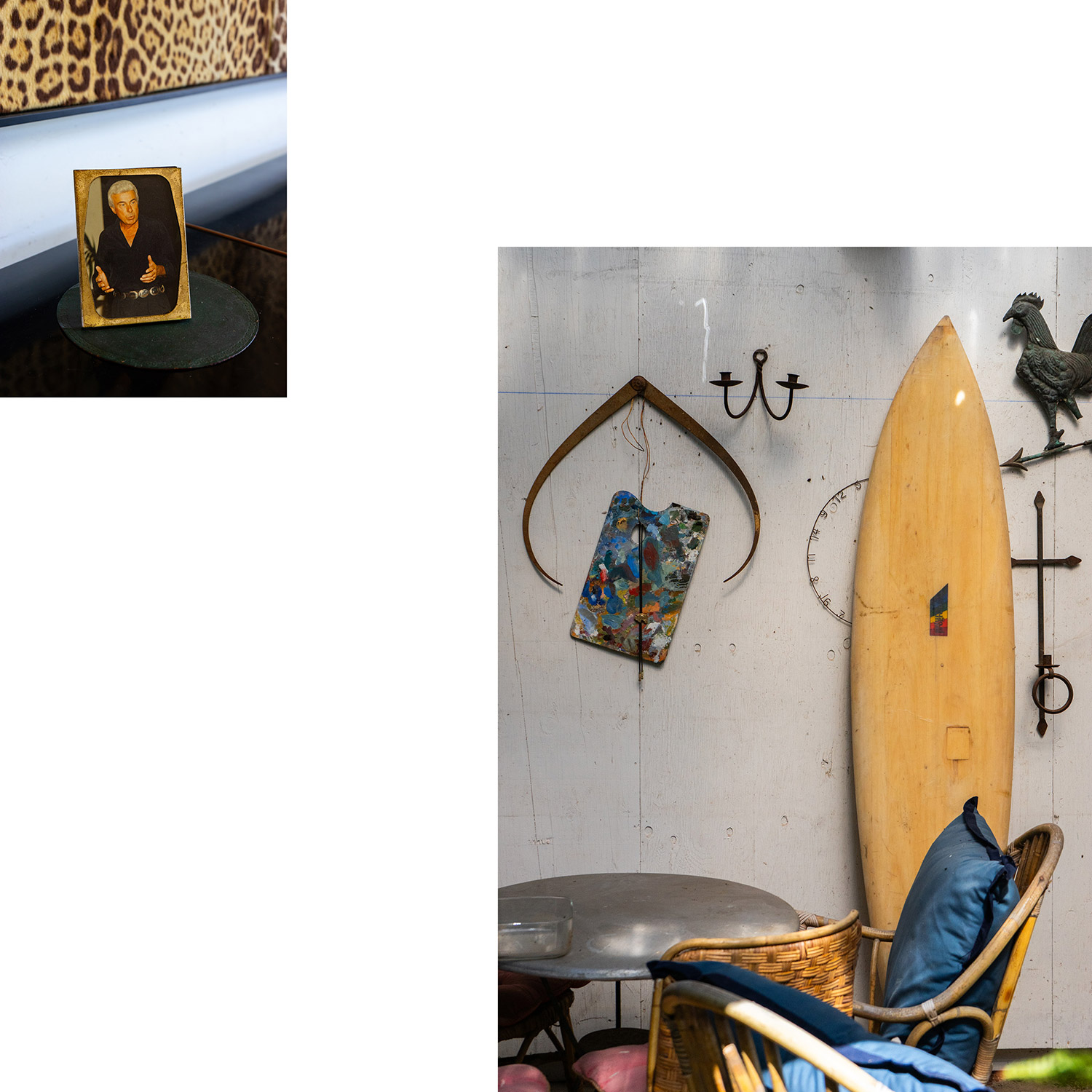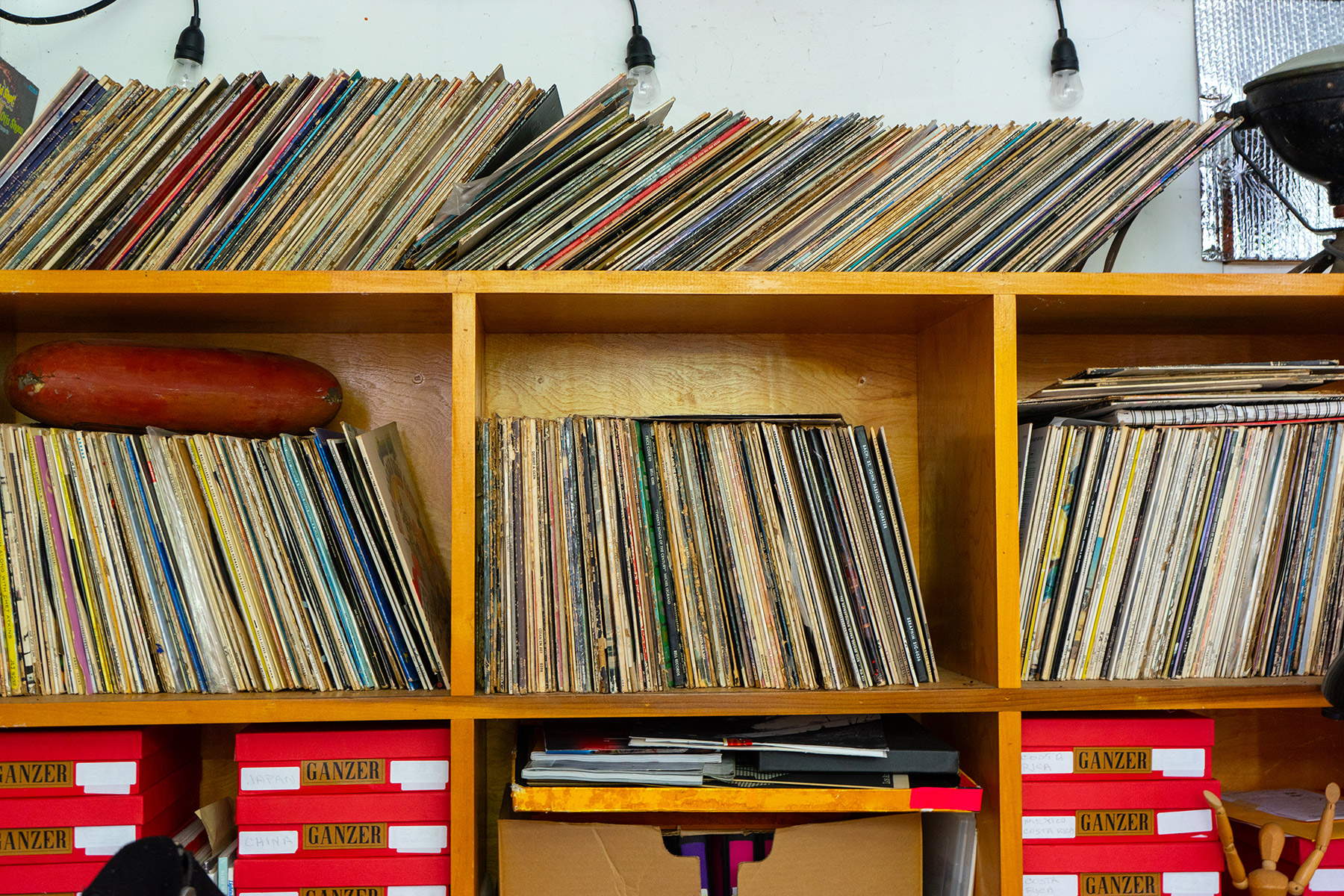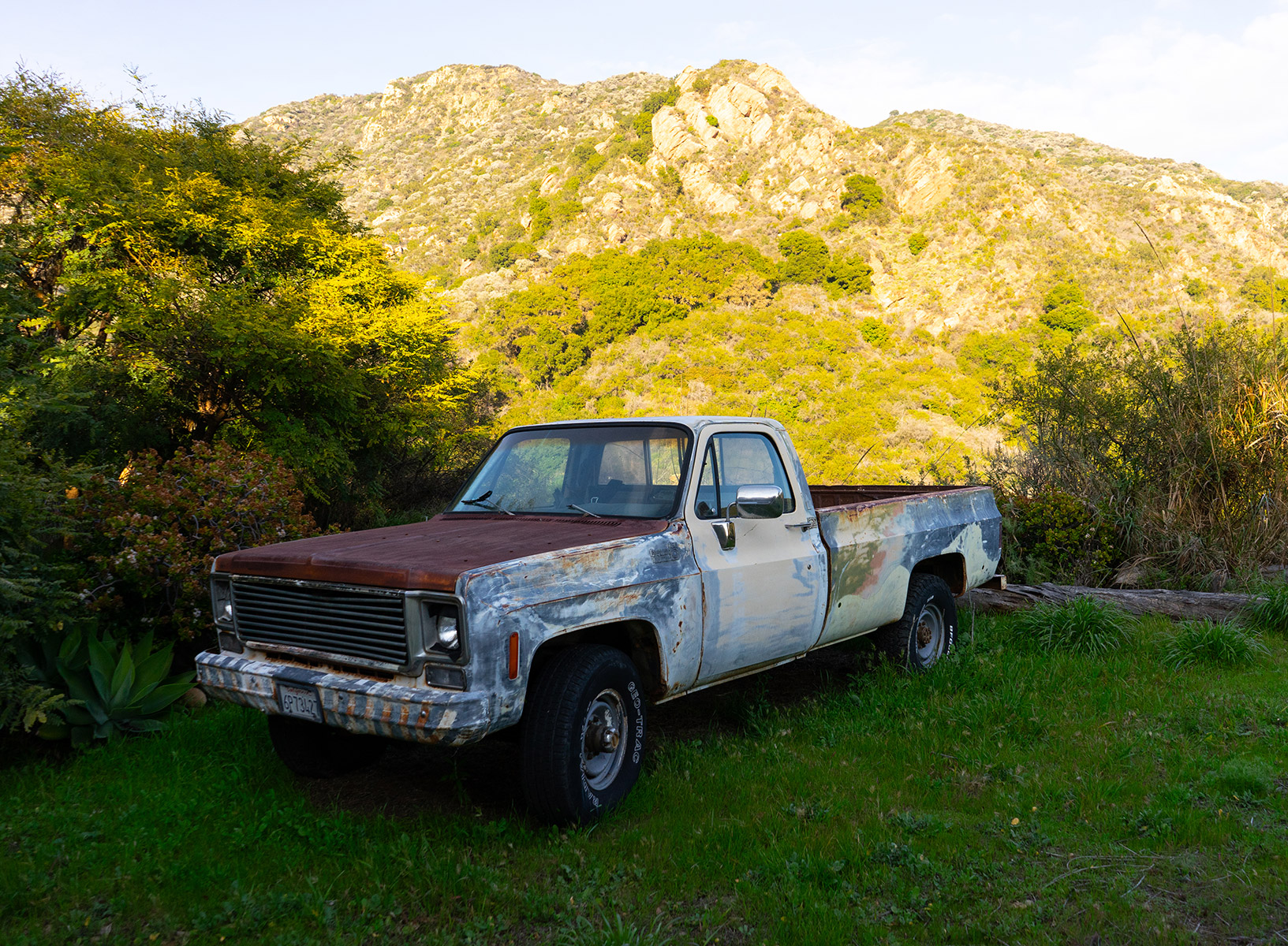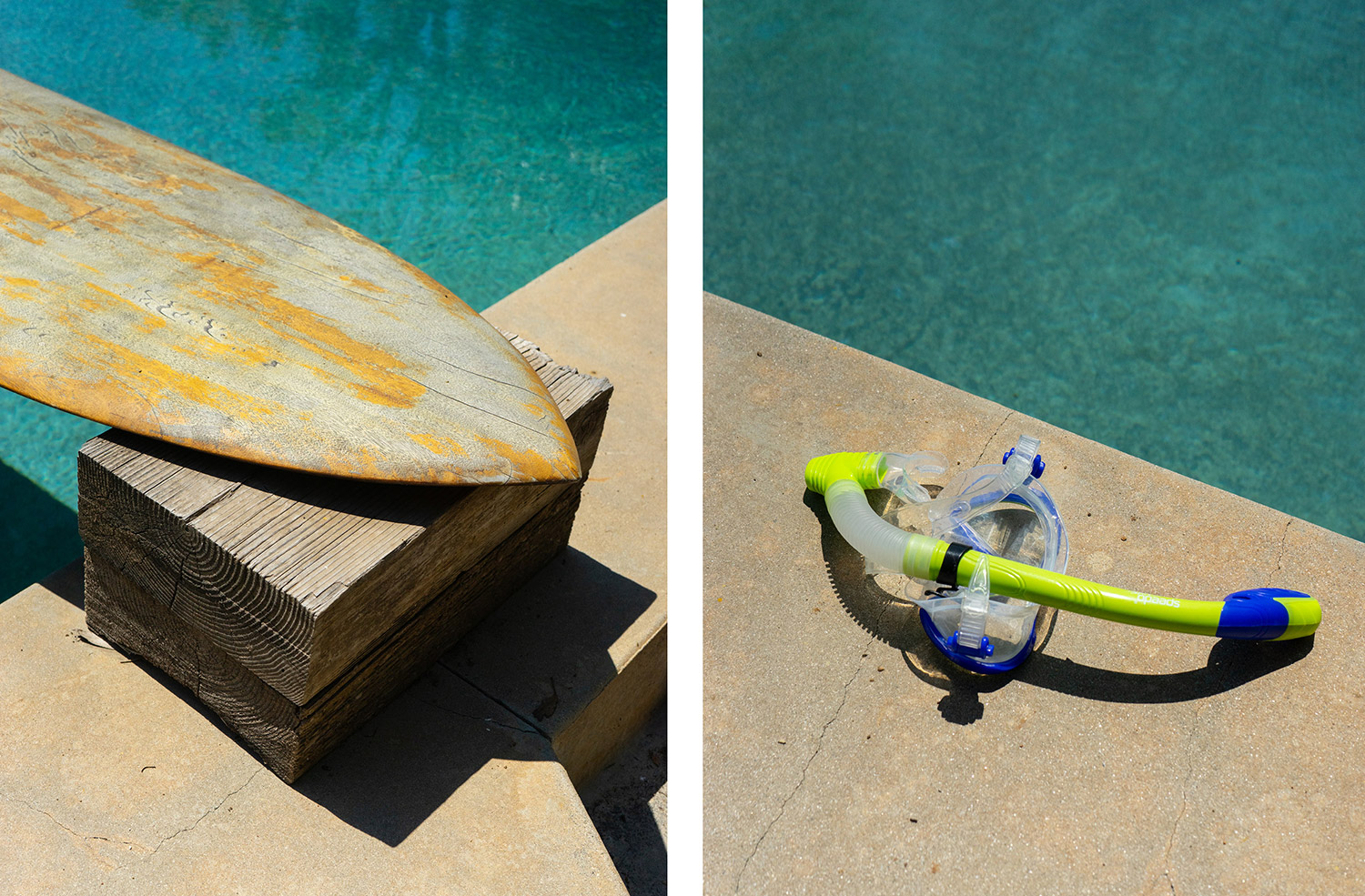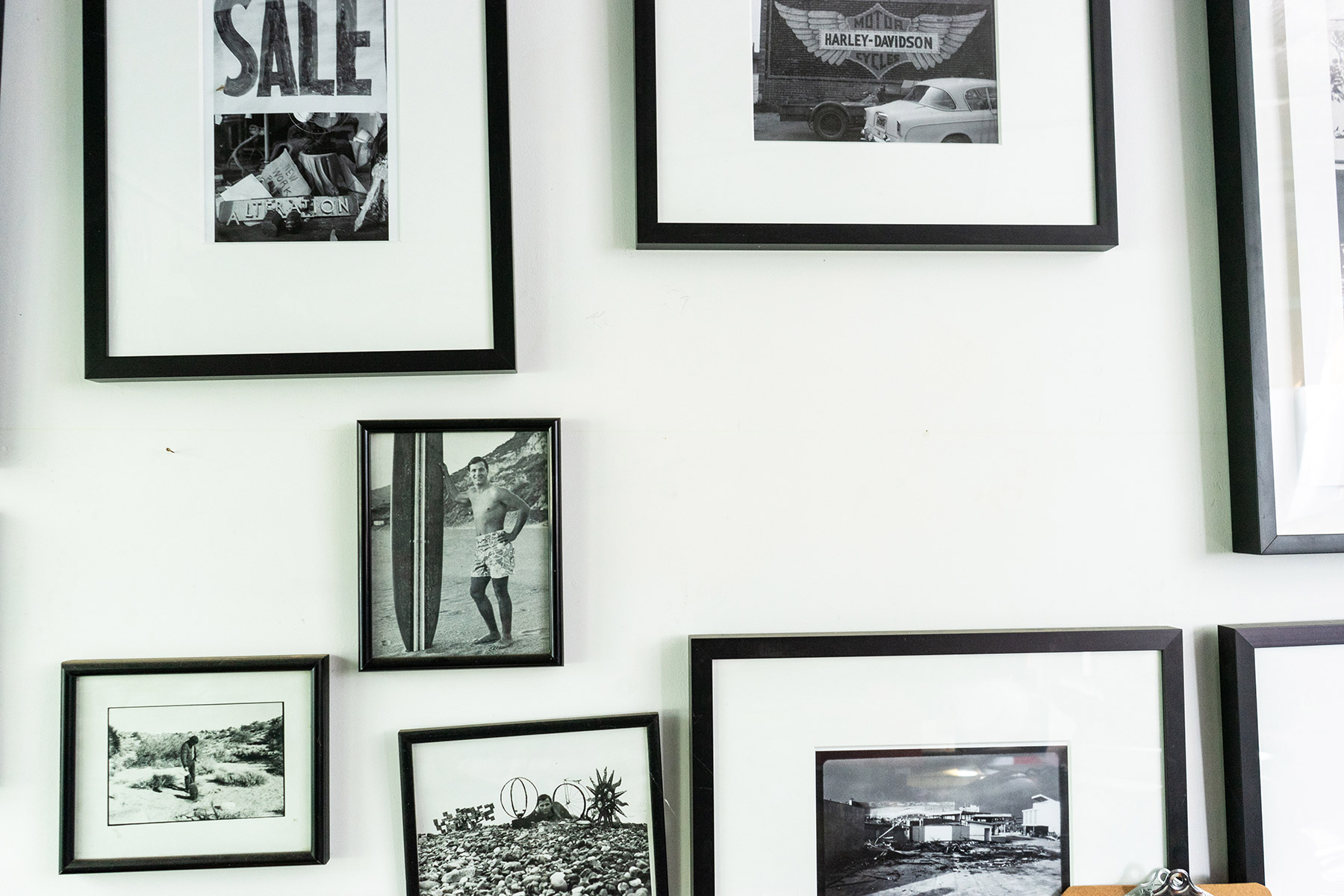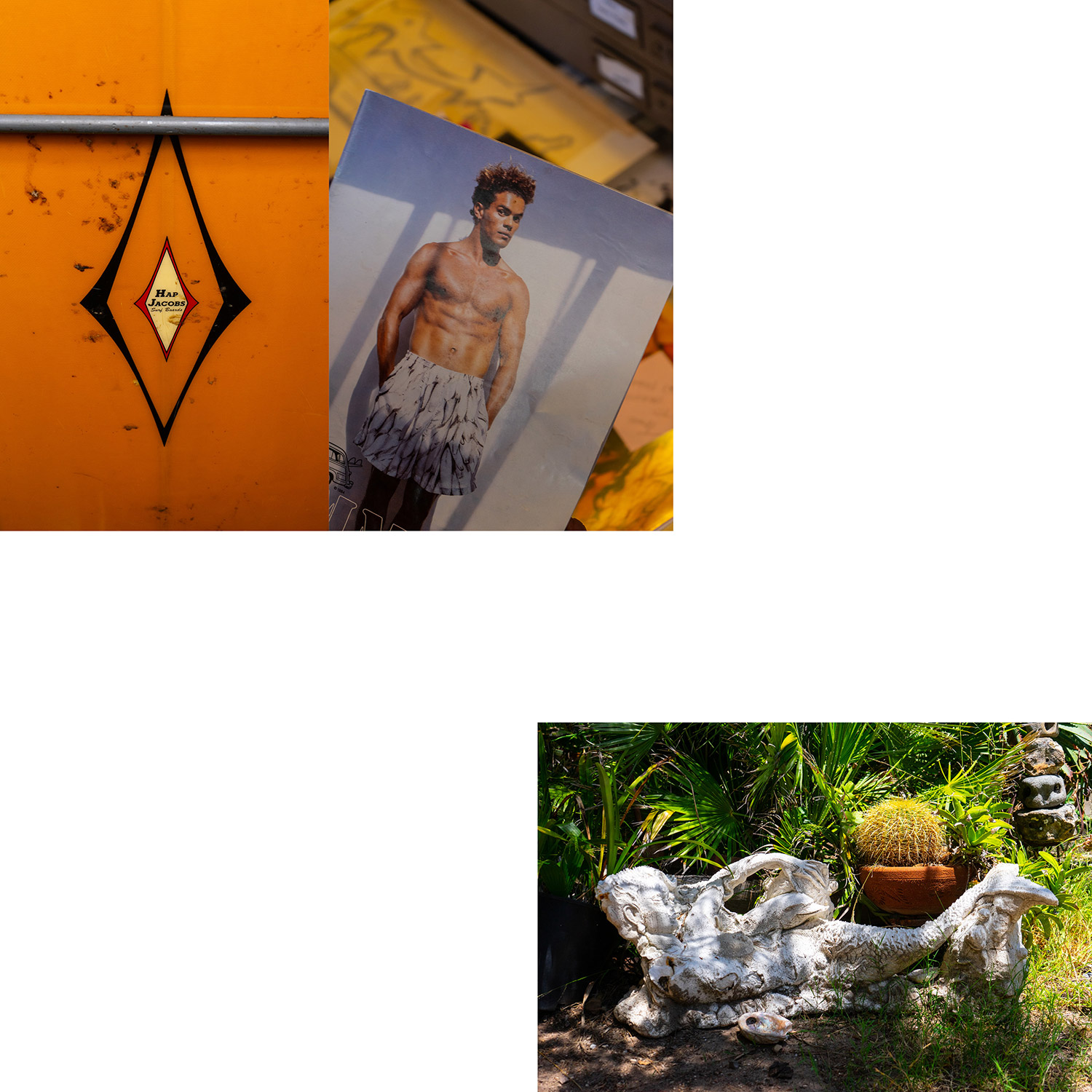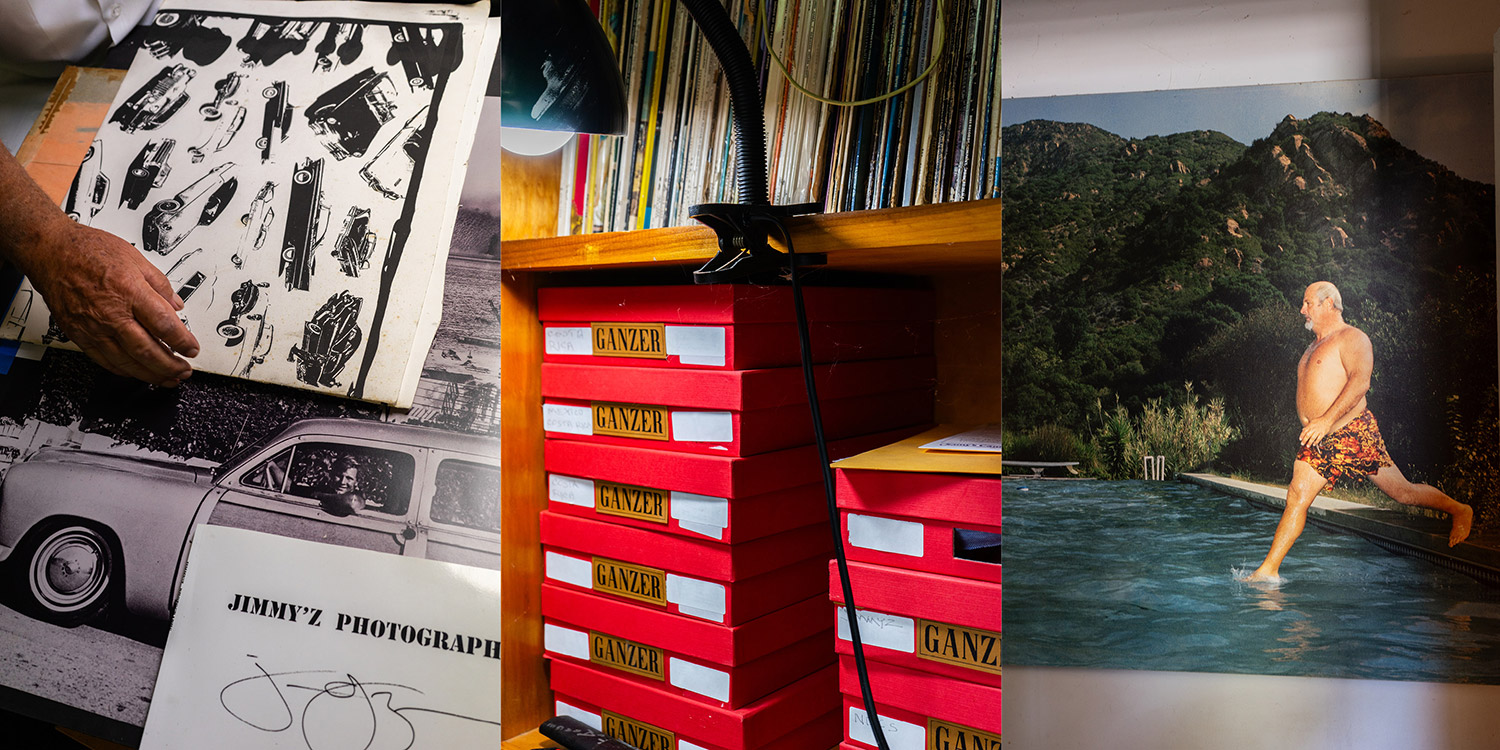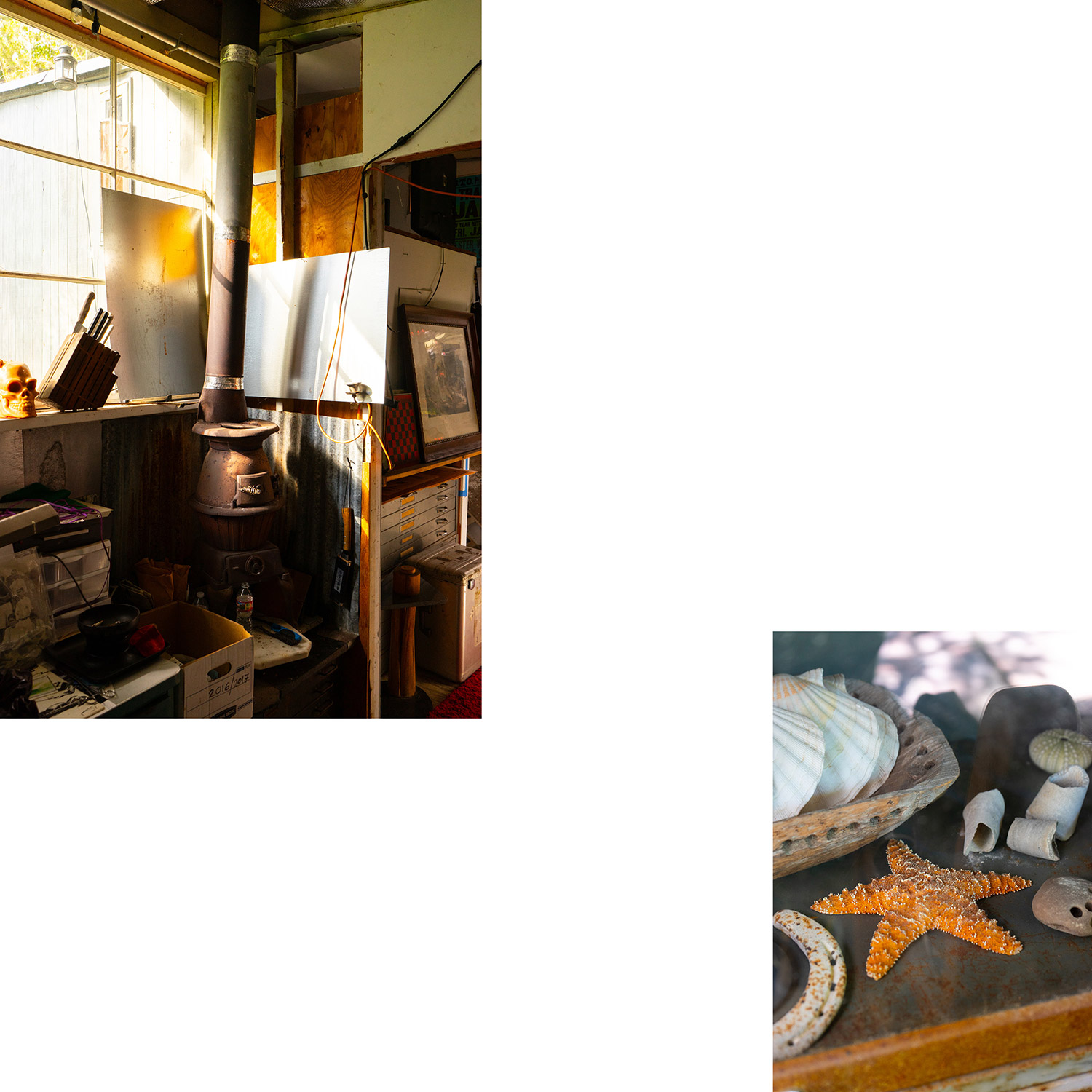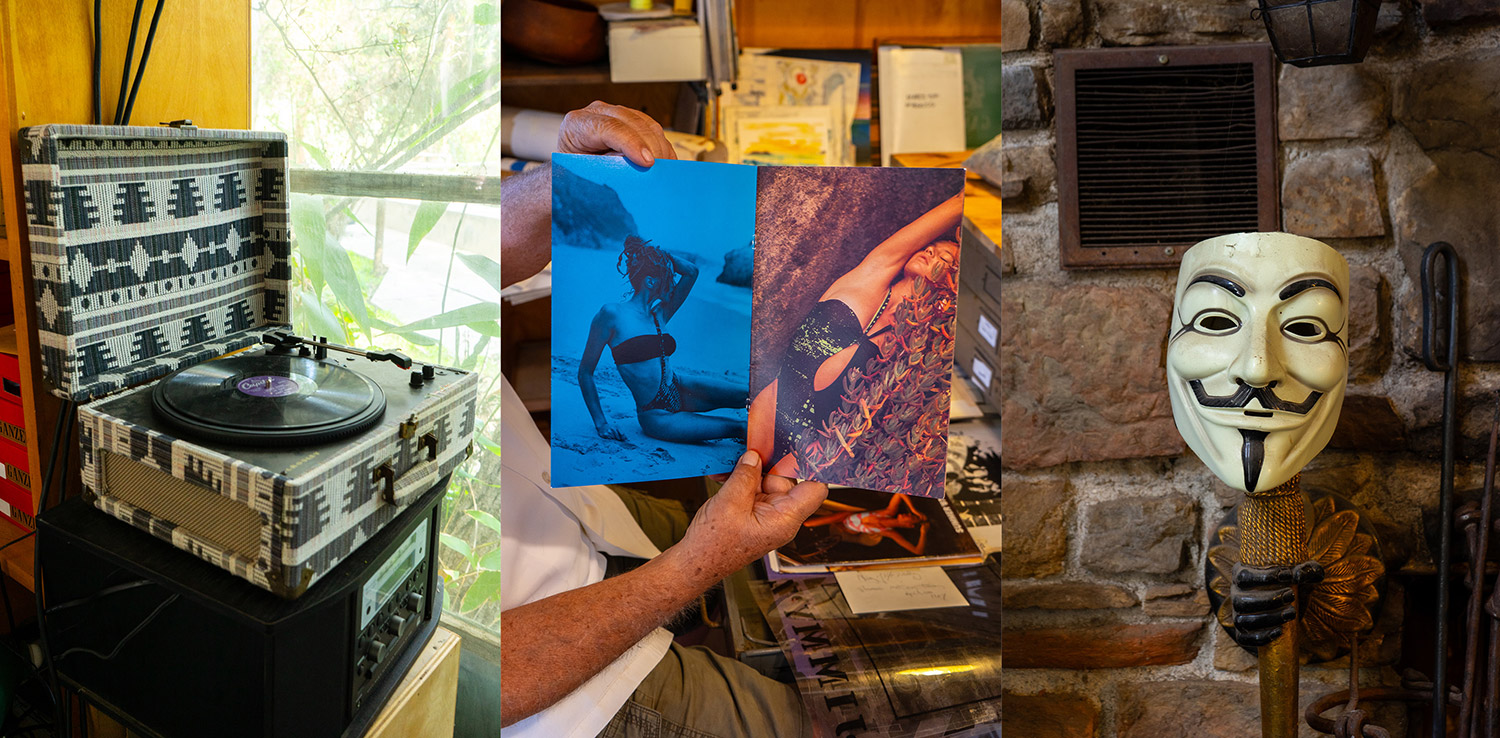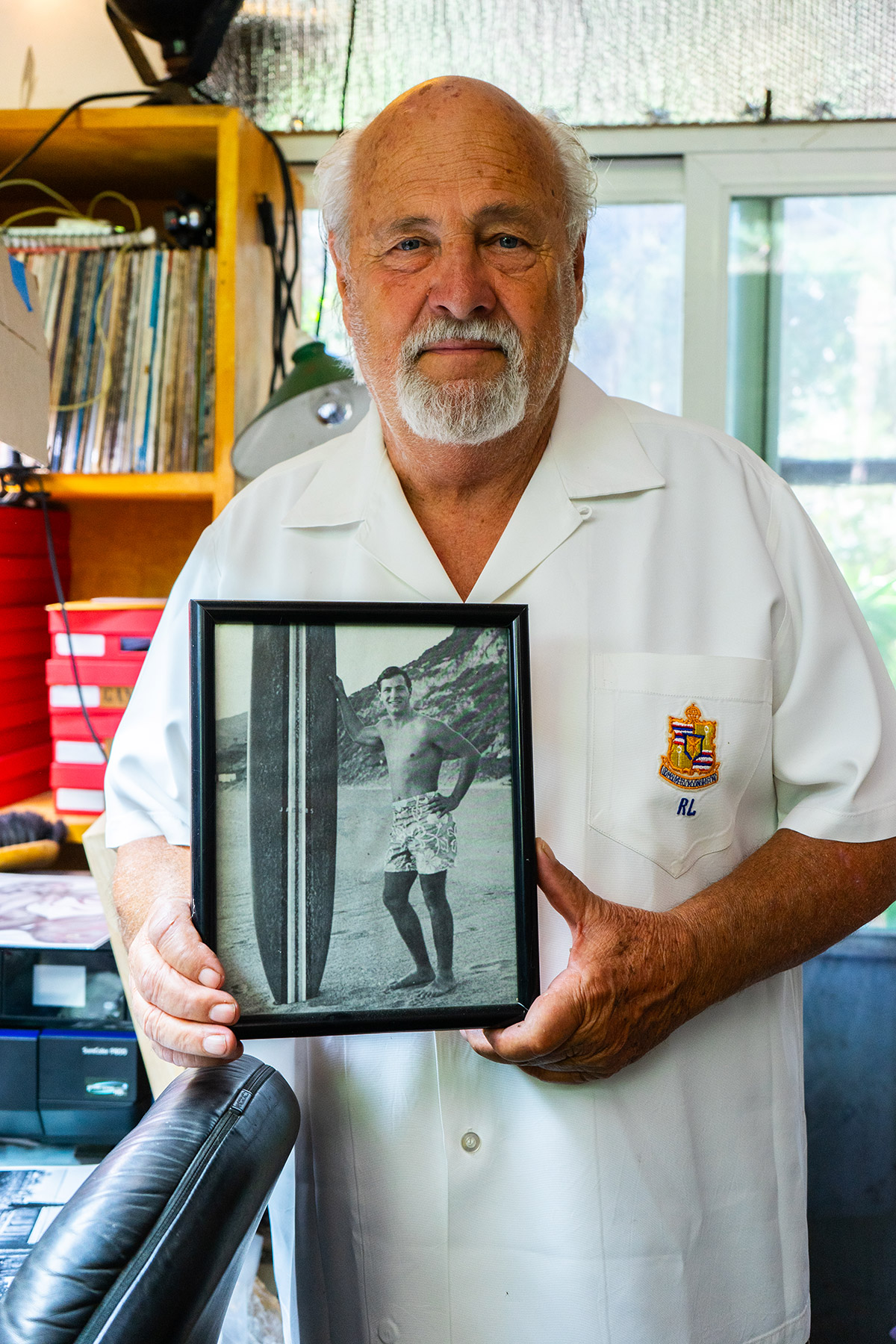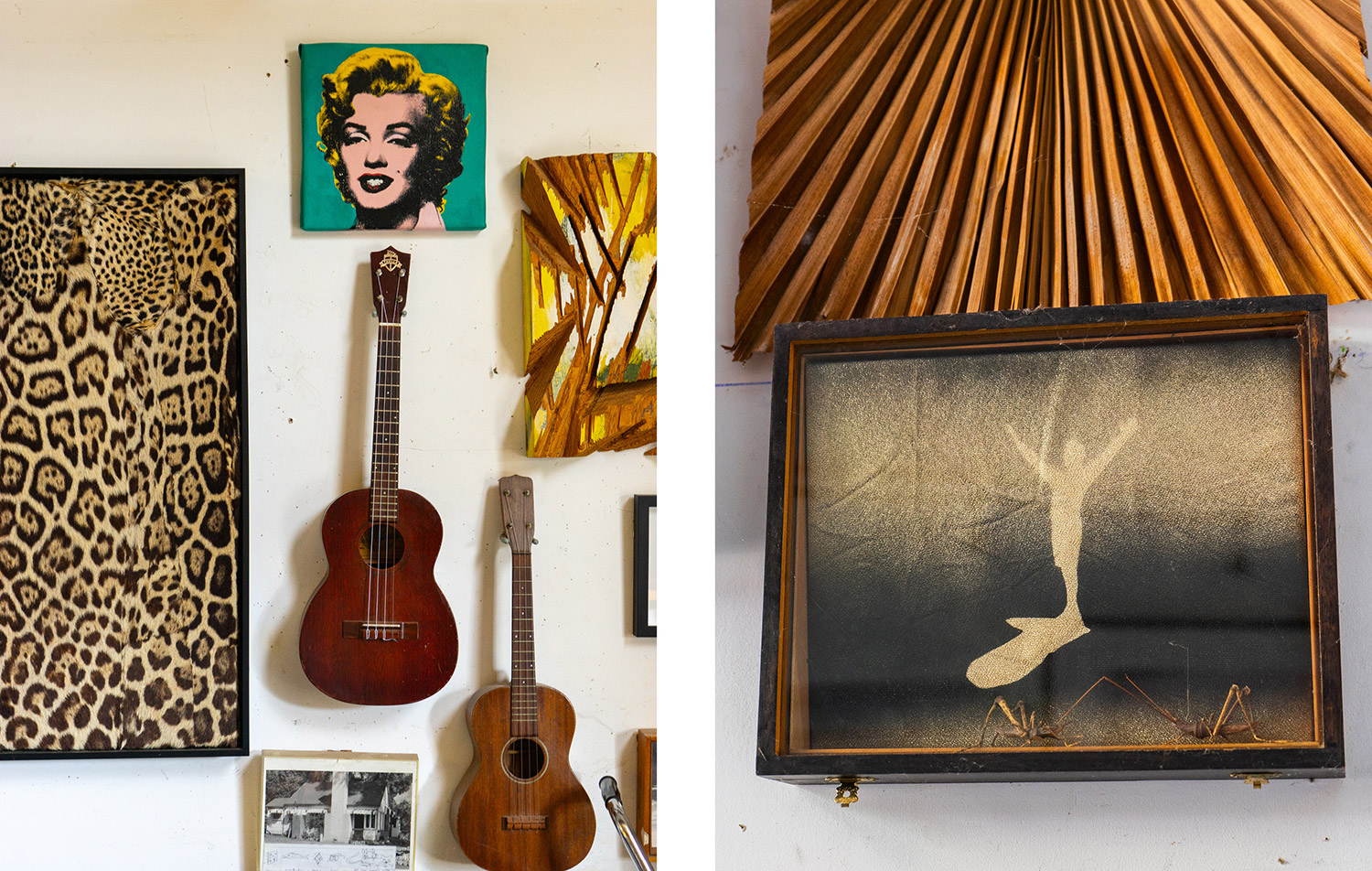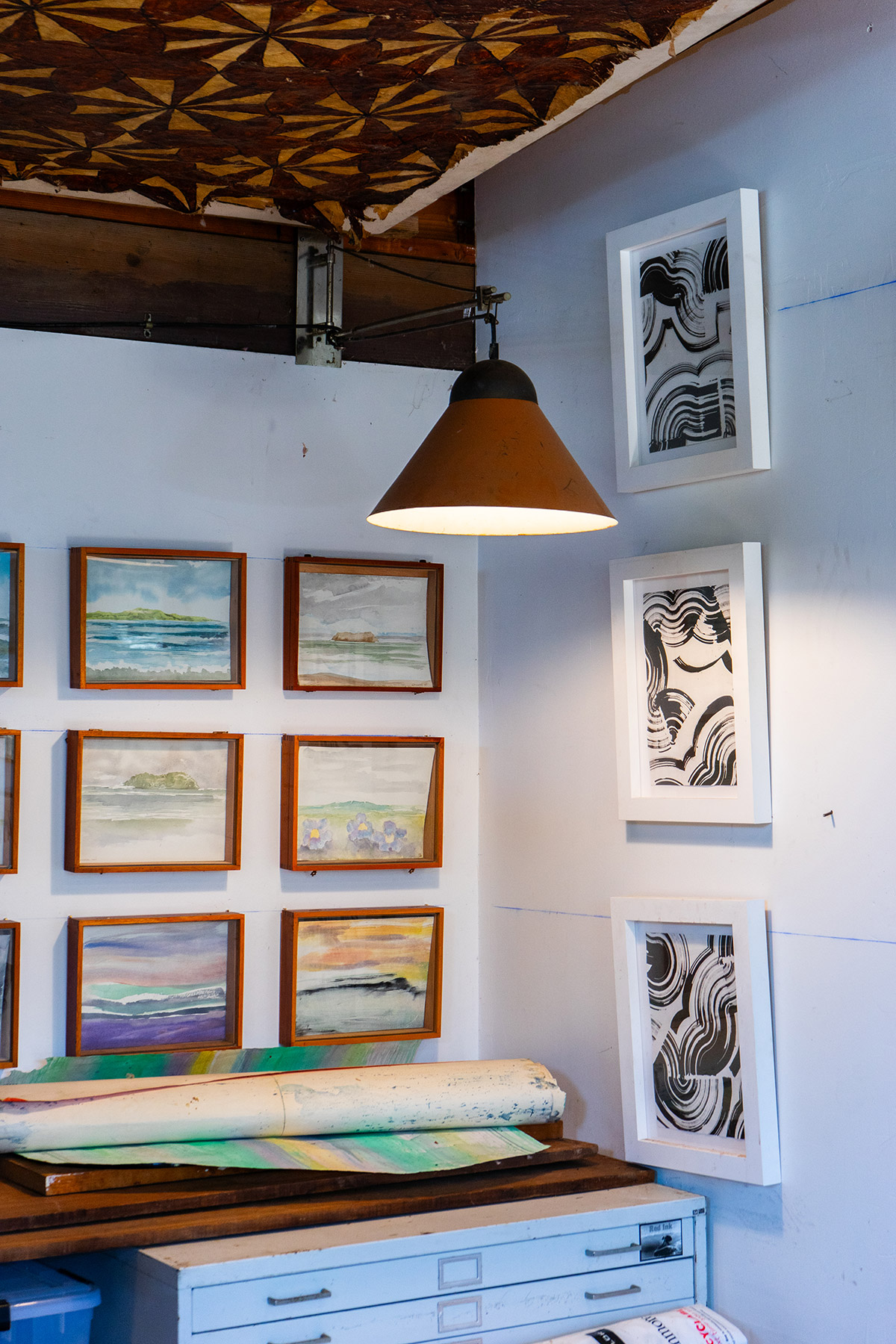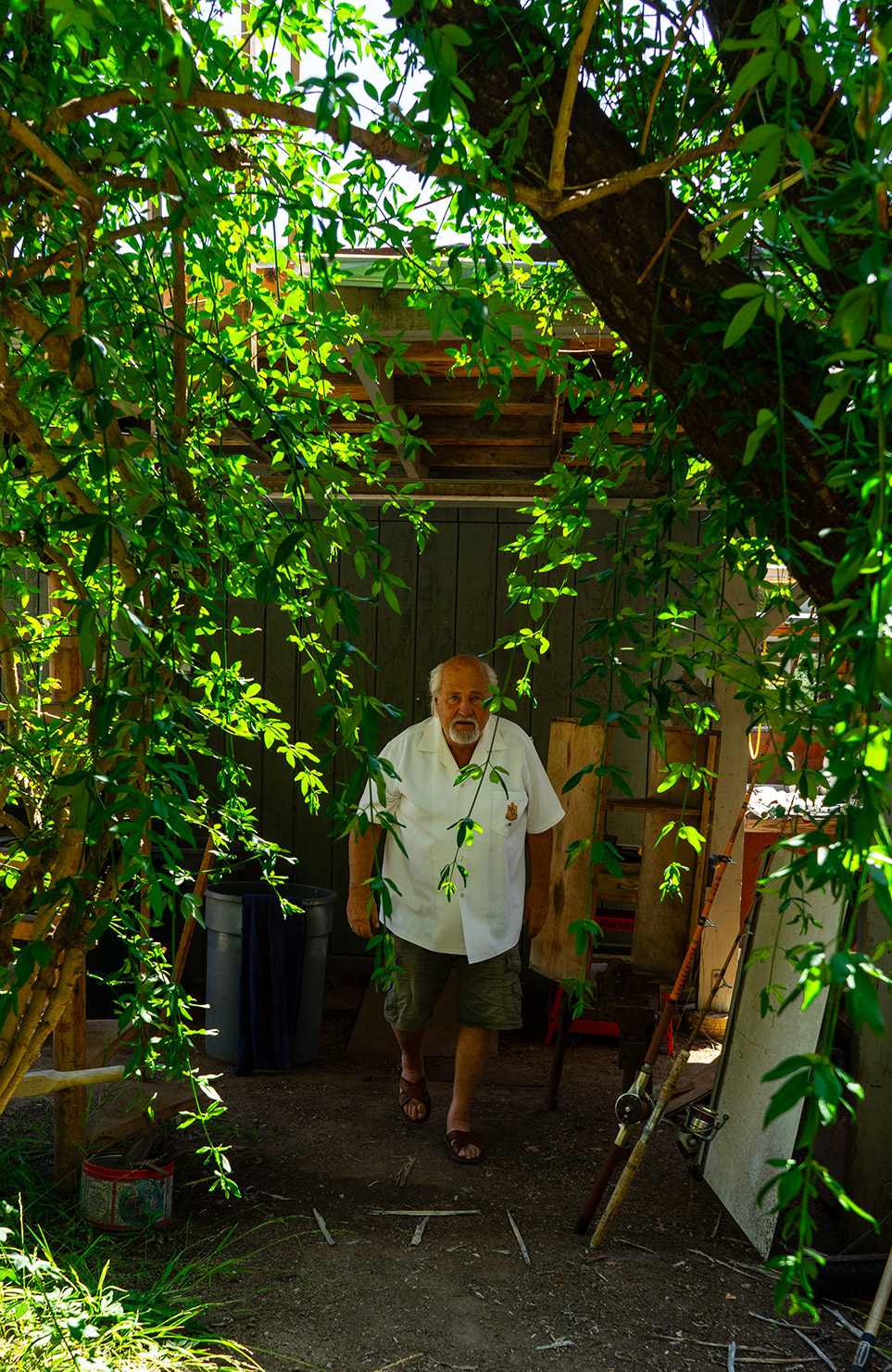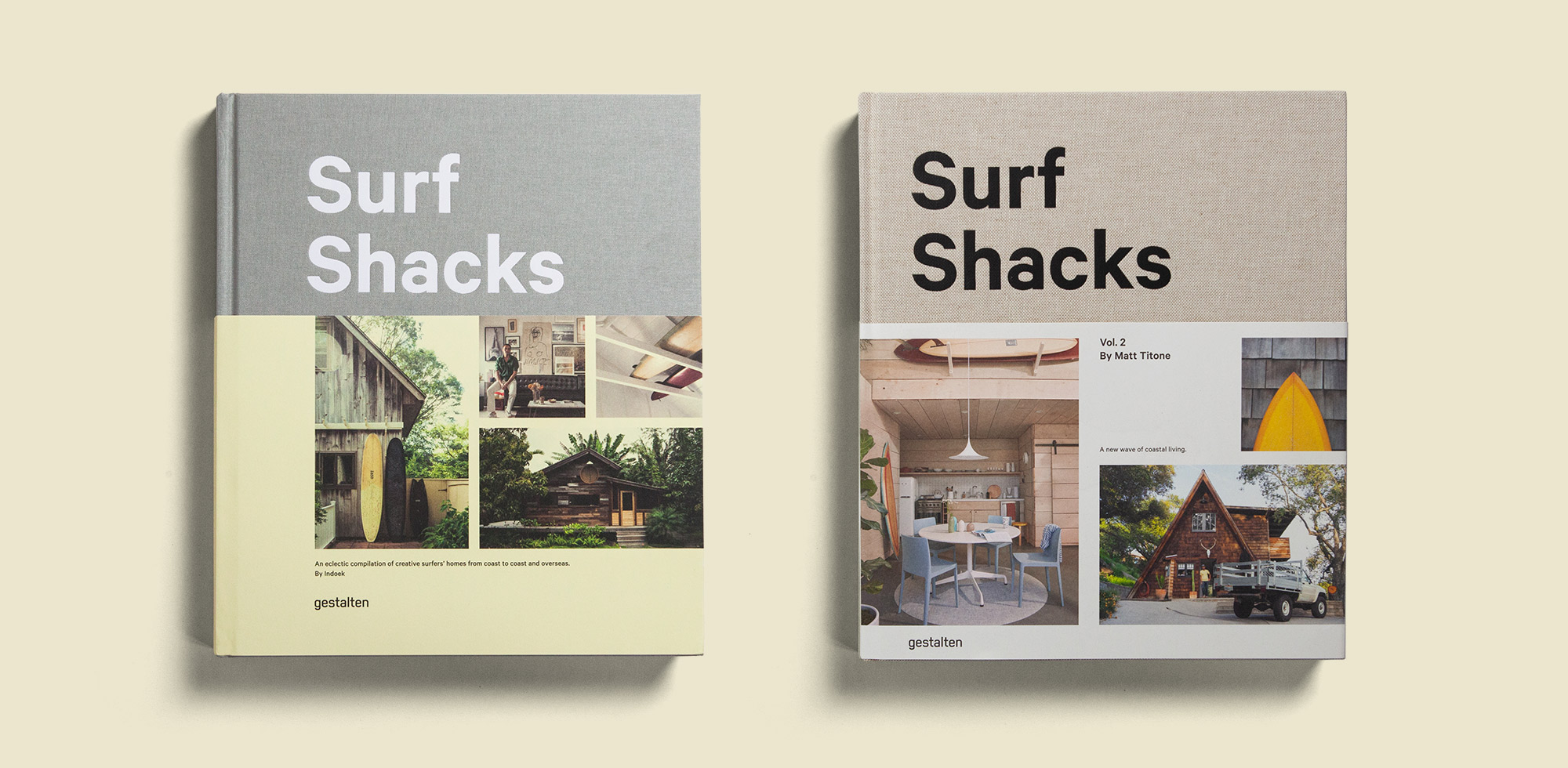I was super inspired by your brand Jimmy’Z. How did that brand first materialize? What was the story behind it?
The idea that we could all be driven by a lifestyle has been interesting for me (being a surfer). The first job I had when I got out of high school was working at a surfing magazine because I had been working on the yearbook, and I kinda understood how you did flats that would be printed. I had an older friend of mine from the beach who was an editor of a surfing magazine, and he asked what I had done in the school and what were my plans? I told him I wanted to go to Art school and he said, “oh could you help us with the magazine?” Maybe you could learn how to do the layout and so forth. So I went to work there, and I proceeded to go to art school at Chouinard. I also had many jobs that had to do with construction of art studios and working at galleries and things like that, which was a necessity so that I could pay my rent, but I was very lucky because the studio that I got in Venice was big enough where I could rent out 2/3 of my studio and be able to live for free. So if I left town and rented that studio I could stay away for as long as I liked.
At one point in my art career, I was taking notice of what had happened in the surfing world in terms of people making clothes and having brands like Ocean Pacific, and others that were inspired by surfing lifestyle. I kind of kept it in the back of my mind that someday I’d like to do that, it seems like an interesting way to be able to continue my interest in surfing and art.
Around 1984 my art dealer, Laura Lee Woods and her husband Bob had a clothing enterprise in downtown LA and Bob said, “you know surf clothing is making a comeback, do you have any ideas for self clothing?” I said yes, I did. And I designed this pair of shorts. And I used a picture of me and my woody car — the 1950 Ford wood station wagon combined that with a photo of the atomic bomb, which was something that I found at James Corcoran‘s gallery where I was working and I turned it into a logo and proceeded to make these shorts which had a Velcro closure and a cotton webbed belt that opened and closed on the side. That closure was also a pocket. They had to be very loose, baggy and comfortable. At that time, they were making shorts like the dolphin running shorts, which were so stupid looking and short that your equipment would hang out of the bottom if you weren’t careful. At any rate, they became big — there I was doing a brand not unlike what Warhol was doing, and it was also a time when people like Keith Herring were creating brands.
I have to ask: what’s the story with you and “The Dude?”
I had a partner who was obsessed with advertising because he was a promoter of rock concerts, so he knew how to promote, and we ended up doing a lot of advertisements. My friend, John Milius, a filmmaker who made the surf film, Big Wednesday, which was loosely based on people that we knew at the beach; myself, Denny Aaberg and Robbie Dick — and of course Lance Carson, he was the main hero of our time at Malibu. That’s what they do in Hollywood though; they don’t like to say who the characters really are because they’re afraid that they’ll have to pay them. So one day Milius is talking to me on the phone about all the advertising that we were doing at Jimmy’Z and he said, “Ganzer, you have become the Big Lebowski.” I went, “What’s the Big Lebowski?” and he said, “you know, you’re on everybody’s lips — they’re all talking about you and your clothes and the advertising and so forth.” He had some other friends who made movies and said I should talk to them because they wanted to loosely base some character on me. I guess he thought I was so crazy and way out. He said it was funny how I made it from one day, mentioning that I didn’t do that many things wrong even though I was a little crazy and reckless. I’ve said “the dude abides” since I was in high school and Jeff Bridges grabbed that and thought it was funny, he gave me a “brouhaha” laugh and said the line and that’s how I guess “the dude” was invented. I don’t care, I really don’t think that I was that much like “the dude” except for wearing Hawaiian shirts and smoking weed and a funny little goatee, but I’ve had to live with it. Hollywood is funny that way. I hope you don’t think those two movies were the only ones that I gave anybody inspiration for. My favorite one was Romancing The Stone, which had to do with my mini adventures through Mexico and Central America on my way to Costa Rica. I’m sitting at the sushi bar next to these two girls, and the waiter brings me a fork. It’s all bent and wagers from Oaxaca where I’ve spent many a day and week and month. and I say to the guy, “what’s this Tenedor Diablo, the Devils, Fork?” and the girl sitting next to me, said “what does that mean?” I proceeded to tell her and she asked more questions about Mexico, I was happy to give her all my romantic stories about Oaxaca and of course my little black four-wheel-drive pick up truck known as my little Burrell and on and on and on. That’s what it’s like growing up in Hollywood. If you ask me, you’re fair game for anybody who can translate you into an idea.
